As a pet owner, you may have noticed those reddish-brown streaks beneath your furry friend's eyes and wondered what causes them and how to address them safely. Tear stains, while common, can be a source of concern for many, and understanding their origins is the first step toward effective and compassionate care. These stains are not merely a cosmetic issue; they often signal underlying health or environmental factors that deserve attention. In this comprehensive guide, we will explore the various causes of tear stains in pets and provide detailed, safe methods for managing and cleaning them, ensuring your companion remains healthy and comfortable.
What Exactly Are Tear Stains? Tear stains are the discolored marks that appear around a pet's eyes, typically presenting as reddish, brown, or rusty streaks. They result from an overflow of tears, known as epiphora, which moistens the fur around the eyes. When this area remains damp, it becomes a breeding ground for bacteria and yeast. The pigments in tears, particularly porphyrin, which contains iron, oxidize upon exposure to air, leading to the characteristic staining. While all pets can develop tear stains, they are more noticeable and prevalent in animals with light-colored fur, such as white dogs or cats, and in certain breeds with specific anatomical features.
Common Causes Behind Tear Stains Numerous factors can contribute to excessive tearing and subsequent staining. One primary cause is anatomical structure. Breeds with prominent eyes, short noses, or shallow eye sockets—like Shih Tzus, Poodles, Persians, or Bulldogs—often have inadequate drainage for their tears due to the shape of their faces. This structural issue can lead to tears spilling over onto the fur rather than draining properly through the nasolacrimal ducts. Additionally, blocked tear ducts can prevent normal tear drainage, resulting in overflow. These blockages might be congenital or acquired through injury, infection, or inflammation.
Another significant factor is eye irritation. Foreign bodies, such as dust, dirt, or eyelashes growing inwards (a condition called entropion), can irritate the eye, prompting excessive tear production as a protective mechanism. Allergies to environmental elements like pollen, mold, or household chemicals, or to ingredients in food, can also trigger inflammation and watering. Moreover, dental health plays a role; infections in the teeth or gums, particularly in the upper jaw, can affect the tear ducts and lead to staining due to their proximity to the eye area.
Dietary influences should not be overlooked. Low-quality commercial pet foods containing artificial additives, fillers, or allergens might contribute to tear staining by causing systemic inflammation or allergic reactions. Some experts suggest that minerals in water, like iron, could exacerbate porphyrin deposition, though this is debated. Lastly, health issues such as eye infections (conjunctivitis), glaucoma, or ear infections can lead to increased tearing. It is crucial to recognize that while some causes are benign, others require veterinary intervention to address underlying problems.
Safe and Effective Cleaning Methods When it comes to cleaning tear stains, safety and gentleness are paramount to avoid causing discomfort or injury to your pet. Regular grooming is the foundation of stain management. Begin by gently wiping the area around the eyes daily with a soft, damp cloth or cotton ball soaked in lukewarm water. This helps remove debris and moisture before stains can set in. Avoid using human products like soap or makeup removers, as they can irritate the sensitive eye area. Instead, opt for veterinarian-approved eye wipes or cleansers specifically designed for pets, which are pH-balanced and free from harsh chemicals.
For more stubborn stains, a homemade solution of equal parts distilled water and boric acid powder can be effective when applied carefully with a cotton ball. Boric acid has mild antibacterial properties that can help lighten stains, but it must be used sparingly and kept away from the eye itself to prevent irritation. Another natural option is to use a saline solution, which is gentle and can help rinse away residue. After cleaning, always dry the fur thoroughly with a soft towel to minimize moisture that encourages bacterial growth. Trimming the hair around the eyes can also reduce staining by keeping the area cleaner and drier, but this should be done cautiously with blunt-nosed scissors to avoid accidents.
Preventive Measures and Long-Term Care Prevention is often more effective than treatment when it comes to tear stains. Dietary adjustments can make a significant difference; switching to high-quality, natural pet food without artificial colors or common allergens like corn, wheat, or soy may reduce tearing. Some owners find that adding a small amount of apple cider vinegar to their pet's water (one teaspoon per quart) helps alter the pH and reduce staining, though you should consult your vet before doing this. Providing filtered or distilled water can also minimize mineral intake that might contribute to porphyrin buildup.
Routine veterinary check-ups are essential to rule out or address health issues that could be causing excessive tearing. Your vet can check for problems like blocked tear ducts, infections, or allergies and recommend treatments such as antibiotics, antihistamines, or surgical correction if necessary. Keeping your pet's living environment clean and free from irritants like smoke or strong chemicals can further prevent eye irritation. Additionally, regular grooming sessions that include eye care can help you monitor changes and act early before stains become severe.
In conclusion, tear stains in pets are a multifaceted issue influenced by anatomy, health, and environment. By understanding the causes and implementing safe, consistent cleaning routines alongside preventive care, you can help your pet maintain a healthy, comfortable appearance. Always prioritize gentle methods and seek veterinary advice when in doubt, ensuring your furry friend's well-being remains the top priority. With patience and attention, managing tear stains can become a simple part of your pet care regimen, strengthening the bond between you and your companion.
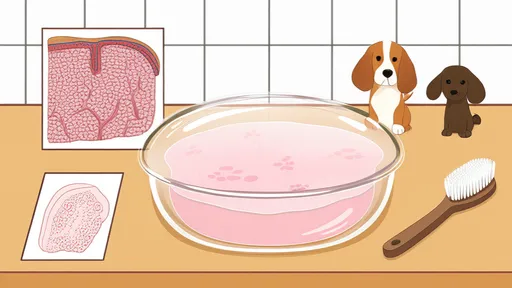
By /Aug 20, 2025
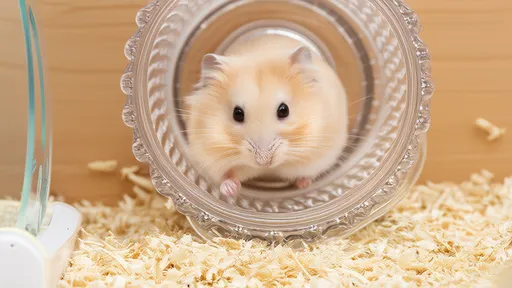
By /Aug 20, 2025

By /Aug 20, 2025
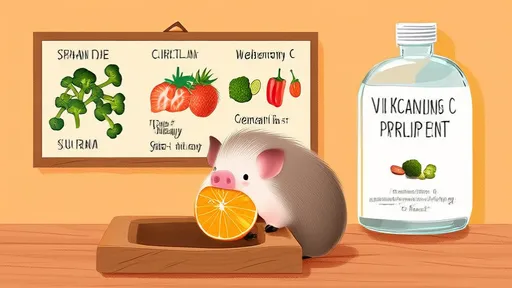
By /Aug 20, 2025

By /Aug 20, 2025
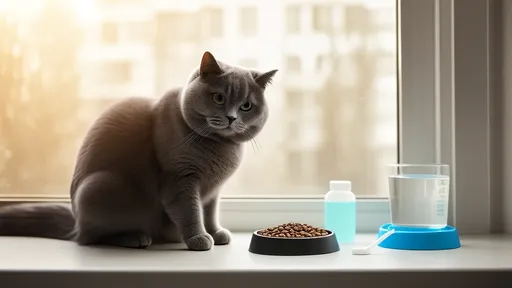
By /Aug 20, 2025

By /Aug 20, 2025
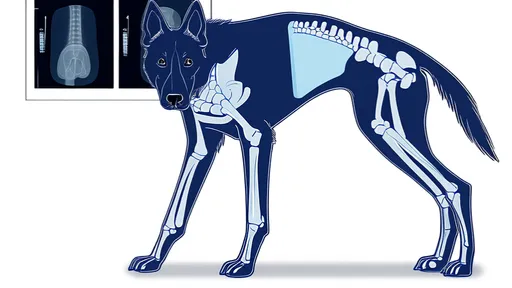
By /Aug 20, 2025
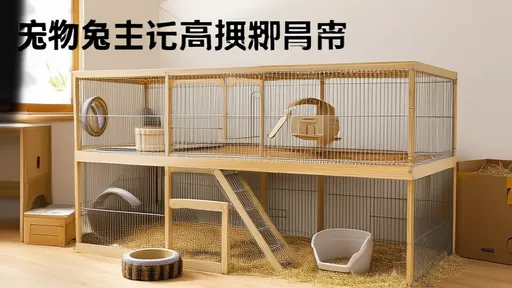
By /Aug 20, 2025
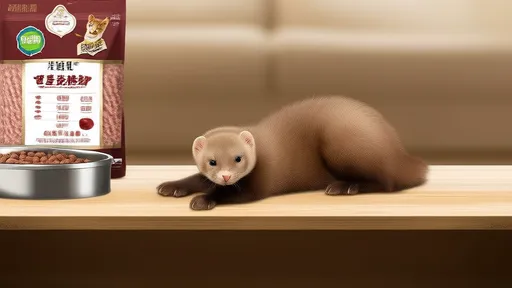
By /Aug 20, 2025

By /Aug 20, 2025
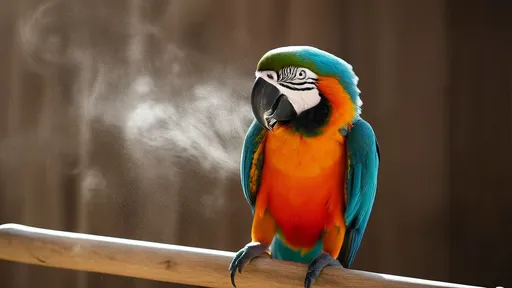
By /Aug 20, 2025

By /Aug 20, 2025
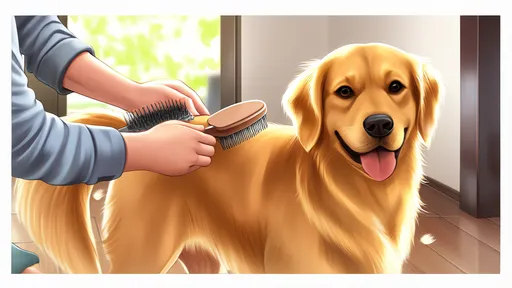
By /Aug 20, 2025

By /Aug 20, 2025
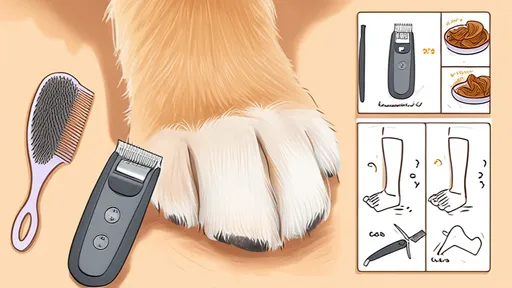
By /Aug 20, 2025

By /Aug 20, 2025

By /Aug 20, 2025

By /Aug 20, 2025
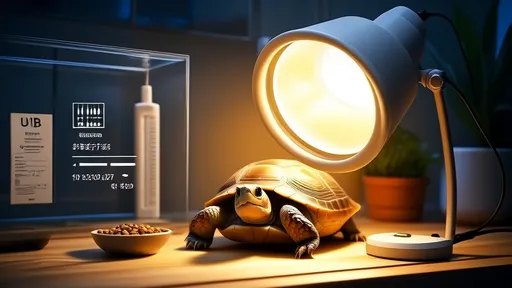
By /Aug 20, 2025